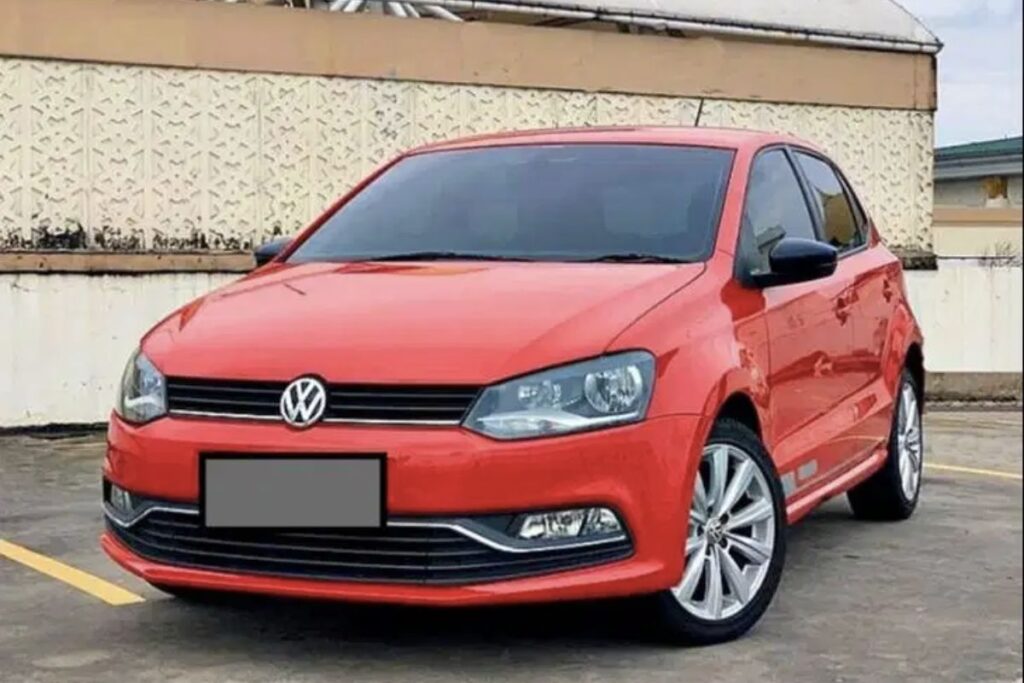Tata Motors, a major player in the Indian automotive market, is ramping up its efforts to expand its electric vehicle (EV) portfolio amidst the rapidly intensifying competition within the electric segment. The company recently unveiled a comprehensive EV strategy, outlining its plans to introduce four new electric SUVs within the first few months of the upcoming year.
This lineup includes the refreshed Nexon EV, the Punch EV, the Harrier EV, and the Carvaan EV. N. Chandrasekaran, Chairman of Tata Sons, shared these ambitious plans during a shareholder meeting, highlighting the company’s unwavering commitment to embracing electric mobility. Remarkably, Tata Nexon and Tata Punch have played pivotal roles in elevating the company’s ranking to the top three contenders in the market.
Chandrasekaran revealed Tata Motors’ bold vision to have 50% of its passenger vehicles and a significant 65% of its Jaguar Land Rover (JLR) vehicles powered by green technology by 2030. Bookings for the Range Rover EV and Range Rover Sport EV are poised to commence in October. Furthermore, the company foresees the introduction of an entire series of new Jaguar EVs on the roads by 2025.
The eagerly anticipated Tata Nexon EV facelift is expected to launch by the end of September, followed by the release of the Harrier EV. Subsequently, the Punch EV and Carvaan EV are set to debut in the first quarter of the following year. Tata Motors has also acknowledged the rising demand for electric vehicles in smaller towns and cities.

Shailendra Chandra, President of Passenger Vehicles at Tata Motors, has emphasized the importance of extending EV adoption beyond major urban centers. Chandra noted the remarkable success of the Tata Tiago EV in smaller markets, where sales from cities outside the top 20 now contribute to over 49% of total Tiago EV sales.
In response to the growing demand, Tata Motors has formulated plans to strengthen its sales and post-sales network in Tier II and Tier III cities. This strategic approach involves the establishment of shop-in-shop concepts in these regions, providing enhanced service facilities and specialized training for service engineers. This move aims to cater to the increasing appetite for electric vehicles in smaller locales.
Read more:
- 10 Iconic German Cars That Have Dominated the Indian Market
- Renault’s August Offers: Save Big on Performance-Packed Cars
Tata Motors’ strategy also emphasizes cost efficiency. The company anticipates significant margin expansion in the EV sector due to localized production initiatives and cost benefits stemming from the new-generation conglomerate. The Production-Linked Incentive (PLI) scheme for the Tata Tiago EV, coupled with the declining trajectory of battery cell prices, is expected to drive down costs and stimulate advancements in the EV domain.
Armed with an ambitious sales target of approximately 100,000 electric vehicle units for the current year, Tata Motors is poised to make a substantial impact on India’s electric vehicle landscape.



